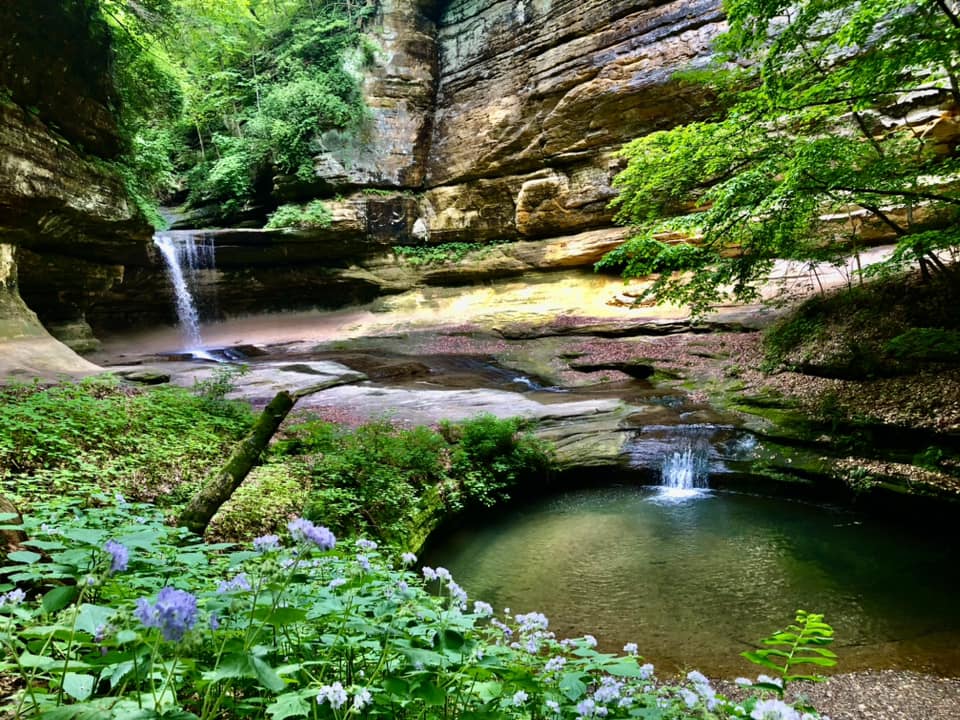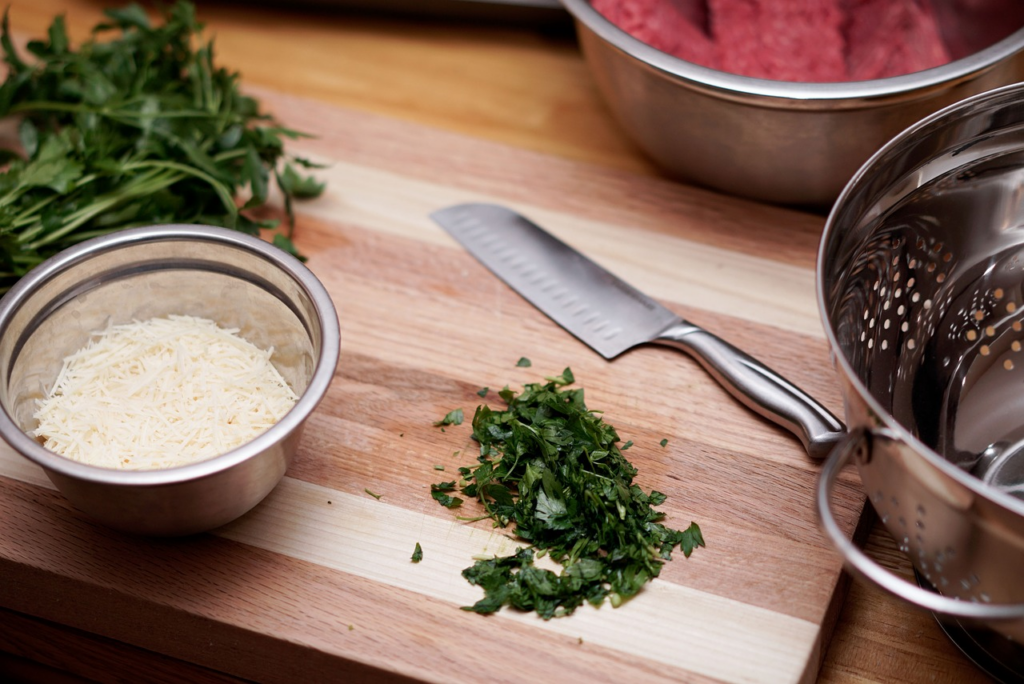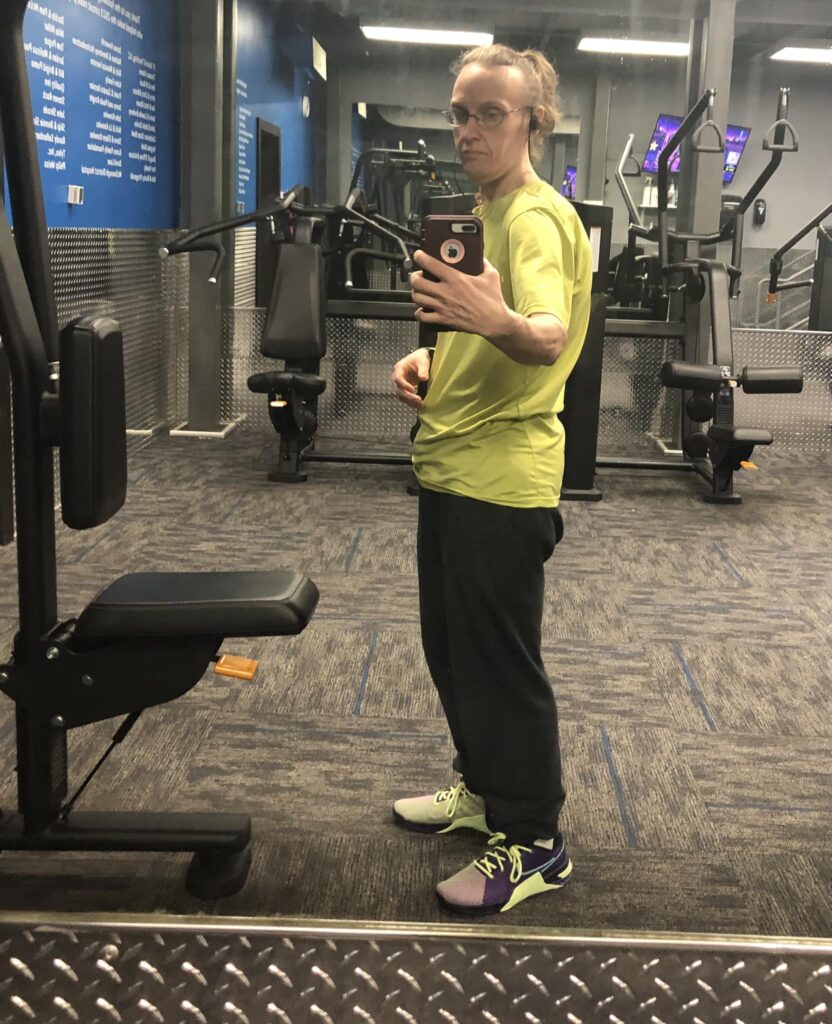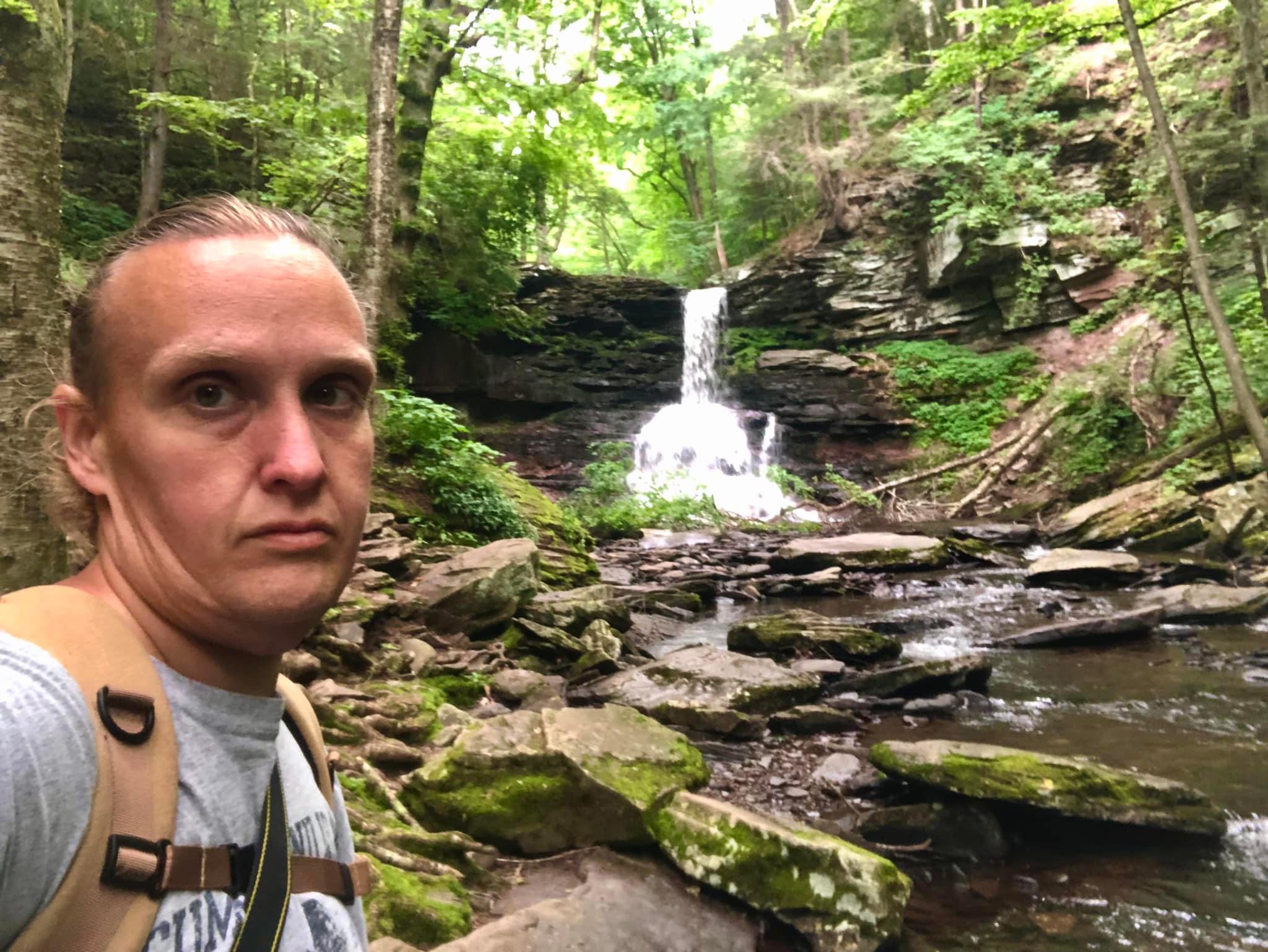As we begin a wellness journey, we’re so focused on getting to the gym or watching how much we eat that we find our moods shifting. We become so caught up in becoming who we want to be that we forget to enjoy our lives. This is common when we dive into a wellness journey instead of building slowly, such as using the 1% rule. Developing an enjoyment-based program leads to sustainability.

Finding joy in what we’re doing tends to get lost, but here’s the catch, finding joy supports success. When we enjoy what we’re doing and don’t feel overly restricted, we can build on our progress. Traditional wellness approaches or faulty support systems may forget enjoyment because they are solely focused on lowering the scale number. I found success when I started, but when I enjoyed what I was eating and doing, it felt natural.
Why Enjoyment Matters for Sustainable Weight Loss
Like so many things in life, when we enjoy what we’re doing we keep going back. If we enjoy what we are eating, then we feel less restricted. When we enjoy going for walks, then we will find time to get outside. When we feel comfortable and supported, we tend to thrive. If it feels like a chore we go through the steps, but it’s easier to stick to when it feels natural.
The Problem with Traditional Approaches
Often traditional approaches to weight loss and wellness programs focus on restricting food and willpower. As I discussed in a previous post, willpower can wear down and needs to be supported. Following traditional approaches can make food and exercise feel like a punishment, we’re deprived or a reward. This is not sustainable and can lead to negative associations with healthy behaviors.
Building slowly and finding joy in what you’re doing helps avoid psychological distress and weight cycling. For example, before I found joy I had negative associations with food and unhealthy habits. Exercise felt like work. I also binge ate because I restricted certain foods and when I had the opportunity to eat them, I would overeat. Then I would feel bad about myself and end up in the bathroom. When I learned to enjoy food, but to limit certain foods, I developed a healthier relationship with myself and my diet.
The Psychology of Enjoyment-Based Approaches
The motivation to do something can be driven by multiple factors, but the two driving forces are extrinsic motivation or intrinsic motivation. Extrinsic motivation is the drive to do something for a reward or to avoid punishment. Intrinsic motivation is to perform the activity for yourself. The rewards are personal.
Many of us have played competitive sports or done something competitive. While this is not a bad thing, the drive to always win can become frustrating when we’re not always successful. Enjoyment is rewarding and when we feel positive about ourselves doing the activity, we continue to do it. This reinforces the habit through positive associations. It keeps us coming back.
Finding Enjoyable Movement
As I previously stated, we often consider exercise as the equivalent of doing a job when we enter a weight loss or wellness journey. This can eventually lead to giving up because we feel it’s an obligation, but there is no set standard on what movement looks like for everyone. It’s different based on the individual.
Movement Exploration Process
When we think of traditional exercise approaches the first thoughts that probably come to mind are weight training, running or something else that is intense. It doesn’t have to be that way. There is a large variety of activities you can try that don’t require pressure to perform. Even running doesn’t have to be performance pressure. I run. I’m a slow runner. And the only person I have to please is me. I like the way I feel, do it alone and don’t care what people think.

When you are exploring what exercise makes sense for you, try different things. Don’t focus on the calories you burn, but on how you feel. How does your body feel? What is your mood? When we were children, we found joy in moving our bodies. What brings that kind of joy to you?
Experiment with different options. If you’re like me, you may like solo exercise, not that I won’t do group exercise. However, when I do, I look for people who do it for joy. Think about the social setting you want.
Also, consider the exercise structure that works for you. Does your activity need to be structured based on the rules, amount of time or time of day? Does an unstructured activity work better? If you are more flexible, then this may work. I do both, but I like to have some rhythm in my day so there is usually structure around my time constraints.
Types of Enjoyment in Movement
Multiple forms of enjoyment can be found doing the same exercise. For instance, when I run and reach a runner’s high, where time just seems to disappear and I’m mentally relaxed, I feel good in multiple ways. Here are some ways to enjoy movement in many forms like dance, yoga, running, pickle ball, etc.:
- Flow State Enjoyment: These are activities that make you feel immersed or like you have distorted time. It’s a state of relaxation you find in doing something you enjoy.
- Social enjoyment: This is a movement that connects you to others. You find joy in exercise and company.
- Mastery enjoyment: You find pleasure in developing skills and seeing improvement. This allows for a methodical approach, and you see your ability improve over time.
- Sensory enjoyment: This is movement that makes us physically and mentally feel good.
- Expression Enjoyment: Movement that is creative or an emotional outlet. This could be outlets you go to for relaxation that don’t require much activity, but just for joy like painting, crocheting, photography, etc.
- Nature enjoyment: These are activities you do to connect with the outdoors. Spending time in nature can bring joy, reduce stress and make you feel more relaxed.
Creating an Enjoyment Movement Menu
This does not have to be written down, but there may be situations that come up that are in our control or outside of our control that limit certain activities. Also, limiting yourself to one or two activities can lead to burnout, so switching it up can bring different forms of enjoyment.
Considerations for different situations:
- Moods: Based on your mood there may be different activities you want to turn to. Have activities to go to that are energetic, contemplative, playful or for when you’re frustrated. They don’t need to be complex or intense. Doing a puzzle or walking are both movements.
- Time constraints: There will be times where you are limited and other times where you have more. Think about what works for you based on time constraints in situations you will be in.
- Weather conditions: Have options for indoors and outdoors. Also, if you can’t get to a gym in bad weather, think about what you can do at home.
- Energy levels: Our levels change every day. Doing intense exercise every day can be tough physically and mentally. Switching helps your body rest, recover and supports emotional health.
- Social situations: Consider options for when you’re alone, have a partner or if you’re with a group.
Enjoyment-Based Progressive Overload
Start doing an activity for the pure joy of doing the activity. Then gradually increase the time and intenseness as your fitness improves. Add some small challenges or changes to make it fun but make them achievable. This will help build your strength and skills. If you are losing the joy in the activity, then you are probably building too fast. It’s okay to back off and slow down to maintain the joy.
Discovering Food Enjoyment Without Weight Gain
If you’re like me, then you probably struggle with your relationship with food. We often feel uncomfortable with our relationship with food and feel that eating healthily can’t be enjoyable. Like exercise, we can make it a chore. There are ways to avoid feeling this way but do it progressively.
Mindful Eating for Maximum Pleasure
Mindfulness can feel awkward, especially in a society that teaches us to always be on the go. However, slowing down can make eating a pleasurable experience and allows us to fully experience the flavor and smell sensations of the food. First, create a distraction free environment. Turn off the TV and put down the phone. Make the food your focus.
Next tune into how your body feels as you eat. Notice the beginning, middle and end of your meal. Notice how the flavor of the food changes throughout the meal. Focus on how your body reacts. Then, you’ll begin to notice the difference between when you are satisfied and when you are full. It brings pleasure to eating. You will sometimes break this, and it’s okay.

Pleasure-Centered Meal Planning
As you start to recognize how your body feels, you’ll be able to start building meals for your week that are filling and satisfy your senses. Plan your meals so that you feel satisfied and full. This helps prevent impulsive food choices later.
Along with this, balance nutrition with the pleasure of eating. Healthy food doesn’t need to be bland. Using herbs and spices can make it flavorful and aromatic. Learn how to create pleasurable food using spices and cooking techniques. Social media has some great and not so great options, experiment. Make your meal prepped food something you look forward to because of the enjoyment of eating flavorful healthy food.
Reframing “Healthy” Foods Through Enjoyment
There are many ways to reframe how you look at healthy foods. You can make it fit into your budget, it just takes time and practice. Traditional weight loss and wellness programs may tell you everything must be fresh but use what fits into your budget. Explore preparation methods that enhance the food you use.
Build positive associations through pairing different foods. Determine what foods you like and how they go best together based on your palette. Also, focus on adding more food to your diet instead of restricting yourself. Try new fruits, vegetables and proteins. Remember, you don’t need to restrict everything that is deemed unhealthy, just limit the amount you consume at a sitting.
Building an Enjoyment-Based Lifestyle
As I’ve discussed in other posts, as you adjust your eating and exercise habits, adjust your lifestyle to support who you want to be. Do it over time so it doesn’t feel overwhelming and eliminates the joy.
Environmental Design for Natural Enjoyment
As you go through your wellness journey you will start to notice things that support you and things that create challenges. To make your environment more supportive, adjust and organize it in a way that makes you feel comfortable and inviting. Consider making spaces supportive of your sensory needs. This could include organizing your kitchen to make cooking enjoyable or creating a yoga space with a diffuser. Determine what reduces friction between you and enjoying healthy activities.
Daily Pleasure Rituals and Anchor Points
Having a regular routine can help make a wellness journey feel easier and something you look forward to. Starting the day with certain routines and movement can set the tone for the rest of the day. I often start with five to ten minutes of quiet, now I have a cat, so I usually cuddle with her in silence. Then I get my morning walk, run, biking or whatever other workout I choose to get at least 30 minutes of movement in. I then add movement throughout the day to relax and decompress. I try to make my movement unrelated to food, so I separate this relationship.
In relation to food, develop meal traditions that are healthy and satisfying. It may be something social like mealtimes with your family. Sometimes I do FaceTime meals with my nieces and nephews to make it family oriented. I don’t eat out a lot, but I do create times where I plan to, this switches things up and provides a different culinary experience.
Lastly, sleep is important, develop routines that support this. Putting the phone down at a certain time at night to disconnect might be one. Maybe meditating before going to bed helps you. Sleep is important for mood and recovery. It should be taken as seriously as the rest of your routine.
Communication and Social Support
There will be people who don’t understand taking an enjoyment-based approach to your wellness journey. They may look at you weird or ask questions. Not everyone will understand and that’s okay. You can find like minded people, sometimes at home or online. They will provide support for you, and you should support them. It benefits everyone.
Social situations can be uncomfortable at first, especially eating. Planning ahead allows you to enjoy the time with friends without worrying about your diet. Also, remember, one slip isn’t the end, so enjoy yourself. If you get together with people make it nonfood based to support yourself, especially starting out.
When you feel pressured or get comments about your choices, it can feel uncomfortable in how to respond, especially if you’re a people pleaser. I used to have people push me to eat more, and I would have to fight to not give in because I didn’t want to upset them. I found that when I explained my situation, most stopped. What I started to realize was the ones who didn’t stop pushing didn’t care to support me. It’s hard, but I would remove myself from the table or sometimes I would be blunt with them to make them back off. It’s good to stand up for yourself.
Troubleshooting Enjoyment Challenges
Like everything with a wellness journey, the process is not always smooth. You’ll experience hills and valleys, but you can overcome the challenges.
When Nothing Feels Enjoyable
There will be times when the things you usually find enjoyable just don’t feel fun. You may need to take a step back to explore what is wrong without having any expectations to determine if you are experiencing an inability to feel pleasure or if the problem is a skills gap. Also, determine whether it’s a one-time thing based on how you feel that day or an ongoing experience.
If it’s a one- or two-day thing, it could be your body is tired, or you may be at a certain point in your cycle as a woman. Consider your past enjoyment with the activity to determine what has changed. Make sure you’re building on the activity slowly, diving in can make it feel overwhelming and destroy your joy. If the issue is ongoing, see a healthcare provider because it could be a deeper issue.
Overcoming Enjoyment-Based Plateaus
Like weight loss, there will be times when your enjoyment-based activities become routine and don’t feel enjoyable. To overcome this, switch up activities or add variations to the activities you enjoy. Explore similar skills and experiences to make it more interesting. Also, introduce new challenges slowly so you maintain pleasure but challenge yourself.

Breaking “Fun Equals Unhealthy” Association
Society often leads us to think that if we are having fun, then we are not exercising or eating right. We are led to believe that being healthy can’t be fun. Think about a child, they move for fun and it’s healthy. Also, if you’re not sure, social media is full of people celebrating untraditional fun health.
This is where you need to develop your new narrative that you follow about health and pleasure. One way to do this is to create counterexamples to the associations society has established. Think about what you find fun, for me my go to is hiking. I find it fun, relaxing and I can work on my hobby of photography. I make healthy food fun by experimenting with cooking to add flavor and try new foods.
Balancing Structure and Freedom
While structure is important to develop healthy sustainable habits, it is still important to be flexible with your routines to find joy. Be open to changing your routine when things don’t work out. Maybe the weather makes the gym or being outside impossible. Have something at home to do.
Develop decision-making frameworks that prioritize pleasure based on situations, how you feel and where you are. As you go through the process you will begin to trust and listen to yourself to make choices. Also, learn to create systems that evolve with how your preferences change. For instance, my preferences change with the weather and seasons. When it’s warmer I like to be out more and hike more, therefore, I may run less, or I change my time to accommodate what I want to do. Now, I also adjust based on what I am training for such as a race or trip.
Enjoyment-Based Activities Make a Wellness Journey More Manageable
While this may contradict what we are often told about a weight loss and wellness journey, finding joy in what we are doing makes the journey more sustainable. When we don’t enjoy what we are doing it can start to feel miserable, which leads to the desire to give up. Unlike a job, it’s easier to walk away from a weight loss journey because we may look at it as if it’s only hurting us. However, if it’s for you, then it’s extremely important. Make joy part of your daily routine, adapt based on what you need at the time and enjoy the journey.

